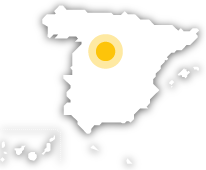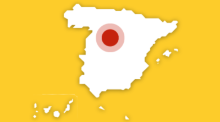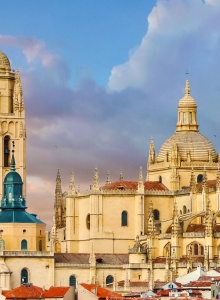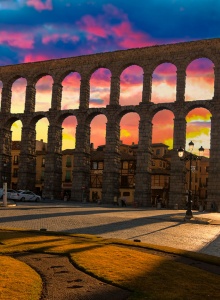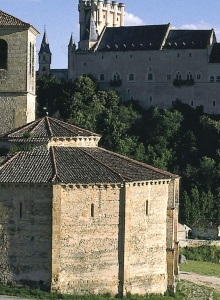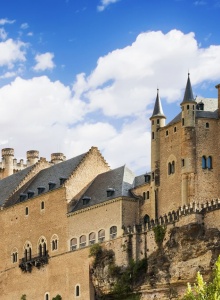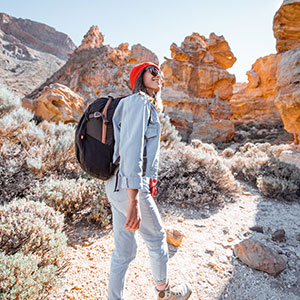MORNING
You can dedicate the first part of the day to exploring the Aqueduct, the huge symbol of the city, and other points of interest like the Jewish Quarter or the Cathedral.
Visit to the Aqueduct, Jewish Quarter and Cathedral
A good time to start your visit to Segovia is at 10:30 am. Our first stop will be Plaza del Azoguejo, where the main visitor reception centre and the imposing aqueduct are located. This is a good opportunity to pick up all the information you need.At the Visitor Reception Centre you can hire guides for the entire city and its monuments. The best-conserved section of the Aqueduct is in Plaza del Azoguejo, although other sections of the monument are still standing and in good condition. However, these parts have been reconstructed, as you can see from the style of the arches or from the stones themselves. The rest of the aqueduct extends to the mountains for about 14 kilometres.As well as having your photo taken under the aqueduct, you can also see interesting details, especially the perfection of the masonry, with no mortar or other adhesive material to keep the blocks together. Each of them (weighing up to two tons) is simply placed on top of another, demonstrating the perfection of the Romans' work. If you look closely, you'll see that apart from some of the lower ones, the stones all have grooves on their sides. These are the marks caused by dragging the stones and raising them into position.
One of the best views of the Aqueduct can be had from the top of the Postigo steps beside it, next to the information centre.From the Aqueduct, walk towards the Jewish Quarter along Calle Cervantes, and continue along Calle Juan Bravo until the Puerta de la Luna arch, which leads onto the avenue of Paseo del Salón. On the way, take a look at the façades of the buildings, many decorated with geometric and plant motifs. Their variety adds to their charm. We can also see the Church of San Martín, a clear example of Romanesque art in Segovia as well as Casa de los Picos.From the Paseo del Salón, you have a good view of part of the city’s green belt, and the Alcázar fortress to the left. You can then go up through the Puerta del Sol arch to Calle de la Judería Vieja (the old Jewish Quarter), and visit the former Main Synagogue.
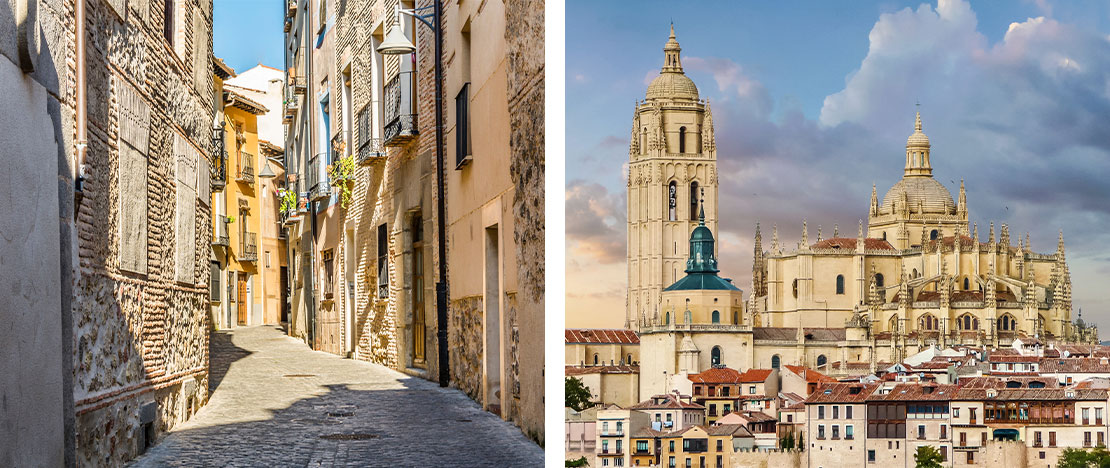
Next, go around the Cathedral along Calle San Geroteo street to the Plaza de la Merced square, to complete your tour of the Jewish Quarter. Opposite this neighborhood, in the green area known as El Pinarillo, are the remains of the Old Jewish Cemetery.After you have seen its spectacular exterior, you can enter the Cathedral from Calle del Marqués de Arco, which leads onto Plaza Mayor.
Lunch
This is the time to try the local cuisine. There are a host of restaurants in the streets leading off Plaza Mayor, in the area around the Cathedral and on Plaza del Azoguejo.If it’s a warm, sunny day, there are numerous terraces with impressive views of the monuments. To eat, there are famous local specialities, such as roast suckling pig or milk-fed lamb. If you prefer fish, trout is the best option.
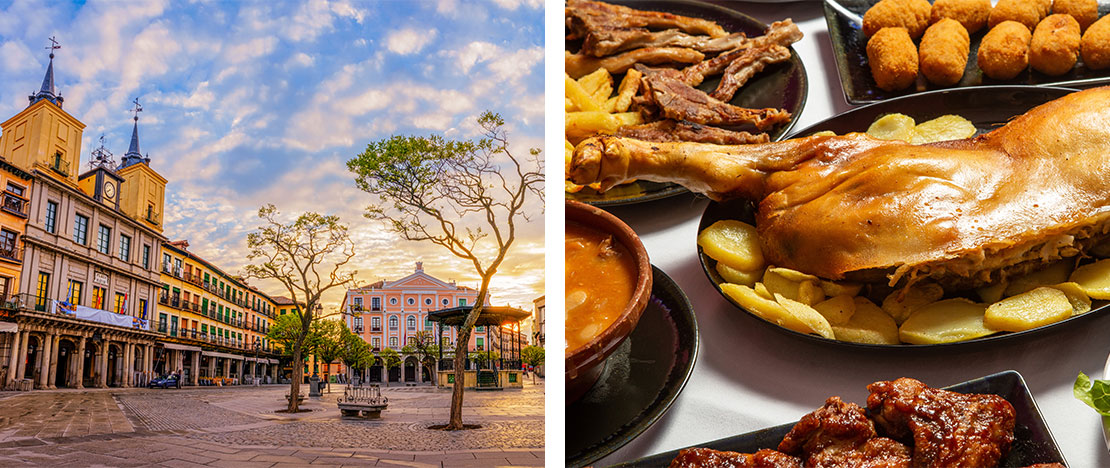
What to see
Activa JS

